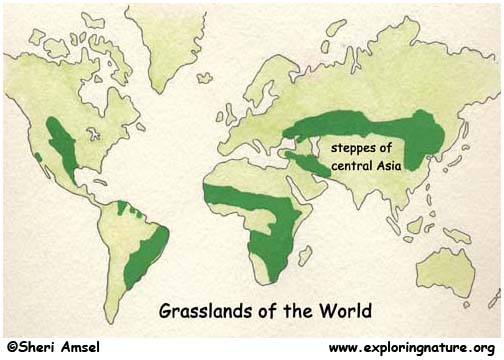My main point of criticism (which actually isn't just mine) with Colin Renfew's idea is that he can't explain how the Proto-Indo-European language is supposed to have had words for horses, the wheel, wheeled vehicles and metals if the first farmers (which Renfew identifies as the speakers of PIE) had none of that. At the same note, it should be added that *if* Renfew is right, then it must be clearly argued that G2a was the original Indo-European Haplogroup. But, what would this make of the Haplogroups R1a and R1b?
Correct that is the major problem of Renfrew
except if explained by colours !!!!!
example is word axe Gr αχις -ινος
and Iranic Axein (sory if spell wrong)
Black sea was name ΑΞεινος Pontos
Axein (or something like that) means black
and we all know that early iron was black
or from black - red stones extract
copper is yellow or dark Green
modern Greek words for yellow is κιτρινος could be connection?
Greek word for Green is Χλωρος after χλοη Chloe compare Slavic Zeleno ch->Z
But also prasino Πρασσινο (dark green colour of copper rust)
prassino is consider that delivered from κυπρος (kupros is the copper not bronze)
Κυπρος ->Κυπ(α)ρισσος-> (Κυ)Πρασσινος
compare chalkos Bronze ka+ko = χαλκος
maybe copper after ko+pa+ro (Green stone)???
although unattested but possible
now lets face what we see today
the one who finds something BAPTISES the invention
lets see Computers where found somewhere in US I think and name as Computer but the Greek word is Υπολογιστης. But not only Greeks even Chinese I believe or Maori in N zealand name it as Computer and not with their native language.
so what about Chariot invention has the name of the Inventor who could be not even IE and share the words to others as the Kurgan people expand


